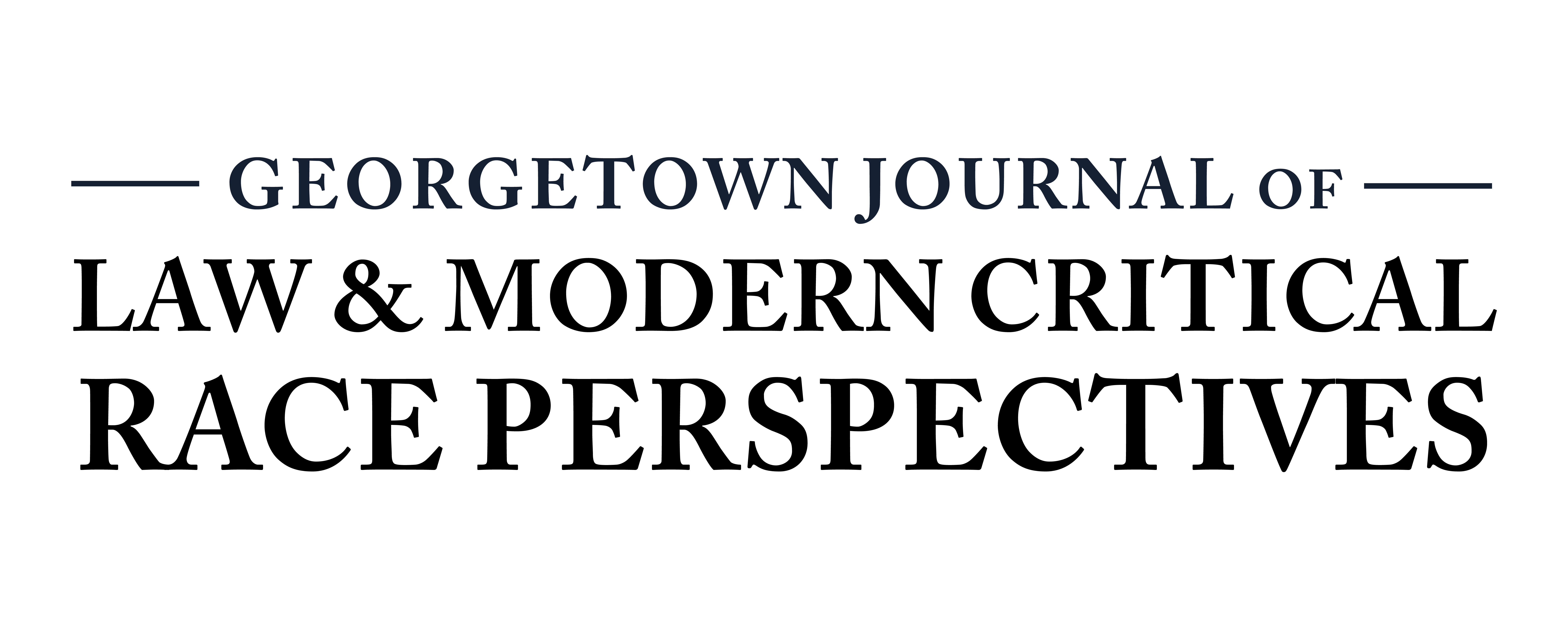Resisting Racialized Immigration Enforcement through Community Bond Funds
I. INTRODUCTION
Although the United States is often called a “nation of immigrants,” the social and policy responses to incoming immigrants are often marked by xenophobia and fear.1 This is especially true for immigrants perceived as non-white.2 These responses have taken different forms,3 but the practice of aggressively detaining immigrants is relatively recent.4 During the last few decades, an increasing number of noncitizens have been subject to removal proceedings5 and detention during the process.6 The shift toward detention is consistent with the use of prisons and the criminal justice system as the primary response for all types of social problems from drug addiction to homelessness.7 As the immigration legal system has increasingly utilized detention, it has grown to resemble the criminal justice system. Moreover, the growing emphasis on crime control within the immigration system reproduces the racial disparities of the criminal jus-tice system.8 The result is a sprawling, quasi-punitive system: immcarceration.9
Continue reading Resisting Racialized Immigration Enforcement through Community Bond Funds
Order Your Copy1. See, g., Chinese Exclusion Act., 18 Op. Att’y. Gen. 542 (1887); Chae Chan Ping v. United States, 130 U.S. 581 (1889) (rejecting constitutional challenges to the Chinese Exclusion Act); David C. Atkinson, Anti- Irish Nativism and the Local Roots of Federal Immigration Restriction, 42 DIPLOMATIC HIST. 172, 175 (2018) (reviewing HIDETAKA HIROTA, EXPELLING THE POOR: ATLANTIC SEABOARD STATES AND THE NINETEENTH-CENTURY ORIGINS OF AMERICAN IMMIGRATION POLICY (2017)); Deborah Weissman, The Politics of Narrative: Law and the Representation of Mexican Criminality, 38 FORDHAM INT’L L.J. 141 (2015) (analyzing in detail the influence of Mexican criminality on American law and policy).
2. See generally Kitty Calavita, Immigration Law, Race, and Identity, 3 ANN. REV. & SOC. SCI. 1, 2 (dis- cussing how anti-blackness has shaped U.S. immigration and naturalization law); ALFREDO MIRANDÉ, GRINGO JUSTICE (1987) (analyzing the history of racial disparities in U.S. immigration and criminal law enforcement).
3. See ALEXANDER ALEINIKOFF ET AL., IMMIGRATION AND CITIZENSHIP: PROCESS AND POLICY 2 (8th ed. 2016) (“Some federal laws have been blatantly racist Persons have been excluded or deported for their political beliefs. Enforcement of the immigration laws has, at times, violated fundamental notions of fairness and decency. Noncitizens continue to be scapegoats for some of the problems of American society.”).
4. See, g., Nancy Morawetz, Understanding the Impact of the 1996 Deportation Laws and the Limited Scope of Proposed Reforms, 113 HARV. L. REV. 1936, 1938-43 (2000) (discussing expansion of deportability grounds); César Cuauhtémoc García Hernández, Abolishing Immigration Prisons, 97 B.U. L. REV. 247, 248 (2017).
5. While the terms used to describe the expulsion of noncitizens from the country have changed over time, this paper will use “removal” and “removal proceedings” in accordance with the Immigration and Nationality Act 237. General Classes of Deportable Aliens. 8 U.S.C.A. § 1227 (“Any alien (including an alien crewman) in and admitted to the United States shall, upon the order of the Attorney General, be removed if the alien is within one or more of the following classes of deportable aliens ”). It will also avoid the use of the dehumanizing term “alien” except where necessary for accuracy within quotations.
6. See Anil Kalhan, Rethinking Immigration Detention, 110 COLUM. L. REV. SIDEBAR 42, 45 (2010) (detailing categories of noncitizens subject to detention: individuals alleged to be removable due to criminal allegations, legal permanent residents and asylum-seekers deemed to be inadmissible when they attempt to enter the country, and noncitizens with final administrative removal orders).
7. KATHERINE BECKETT & STEVEN HERBERT, BANISHED: THE NEW SOCIAL CONTROL IN URBAN AMERICA 22 (2010); see also, Jennifer M. Chacón, Immigration Detention: No Turning Back?, 113 ATLANTIC Q. 621, 624 (2014) (“Perhaps it is no surprise that a society that relies so heavily on incarceration to address problems of crime and general social disorder would turn to the same model to handle concerns about migration. The United States does, after all, lead the free world in its prison population rate.”).
8. See, e.g., JULIANA MORGAN-TROSTLE, KEXIN ZHENG & CARL LIPSCOMBE, BLACK ALLIANCE FOR JUST IMMIGRATION, THE STATE OF BLACK IMMIGRANTS PART II: BLACK IMMIGRANTS IN THE MASS CRIMINALIZATION SYSTEM 15, https://www.sccgov.org/sites/oir/Documents/sobi-deprt-blk-immig-crim- sys.pdf [https://perma.cc/6RBG-XA9F] (“Black people are far more likely than any other population to be arrested, convicted, and imprisoned in the U.S. criminal enforcement system – the system upon which immigration enforcement increasingly relies.”).
9. Immigration detention is legally “civil” rather than “criminal” detention. For a discussion of the distinction and its implications, see Chacón, supra note 7, at 622-23 (explaining that as a legal matter, the designation means that people in immigration detention are not entitled to the same protections that would apply if they were being incarcerated for a crime such as constitutional limitations on the length of pretrial detention and a right to counsel at the government’s expense to assist in the defense if the defendant cannot afford it).

